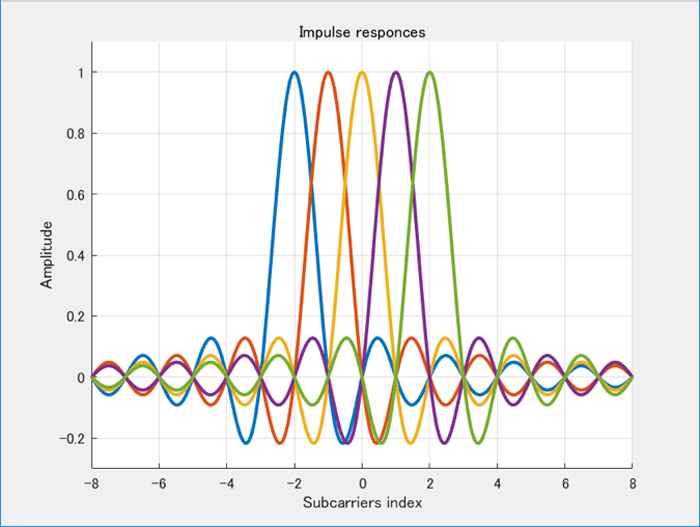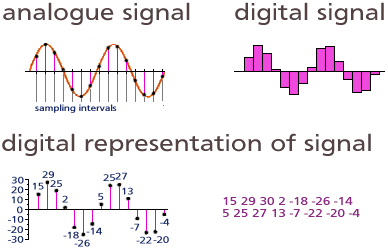OFDM the Future of digital radiomic transmission?

OFDM the future of digital radiomic transmission.
We all know about latency in audio circuits and of course the goal of ang audio processing is to get the latency down as much as possible.
In wired circuits this is usually a product of either the speed of light, or the processing of the particular amps and circuitry, pretty fast.
With Wireless technology you are looking at the speed of RF in atmosphere which again is about the speed of light. So the latency usually occurs due to processing on the signal, and with digital radio mics having to encode, analogue to digital convert to RF using a baseband transmit across free space and then de-encode this can take be anywhere from 2-18mS, depending on the modulation scheme.
So where does this latency occur. Within the Modulation scheme is hidden the clue, if for example QAM-4 or QPSK modulation scheme is used then the latency occurs due to the error correction that needs to take place once all the bits have been received by the Receiver, as more than one bit is transmitted per cycle. So if an error occurs in the transmission then the receiver has to wait for the next cycle to receive the correct bit. So if a more dense modulation scheme is used such as QAM-16 to reduce the band width then the error rates goes up according to the Nyquist theorem, as the possibility of errors across transmission increase. If the receiver has to wait for the bit to come in due to a higher chance of errors, then latency increases, as the Rx has to wait for correct complete bits to arrive before it passes them o in the signal path.
If this is the case then how can you overcome the inherent latency in narrower bandwidths. This is where OFDM or Orthogonal frequency-division multiplexing.
Slight phase changes to the carrier wave making sure as the diagram suggests, the peaks coincide with the troughs allow for the same information to be sent via multiple subcarriers allowing for the RX to pick which stream to read and hence increase the reliability and latency of the transmission, as well as, inherent resilience to narrow-band RF interference.

